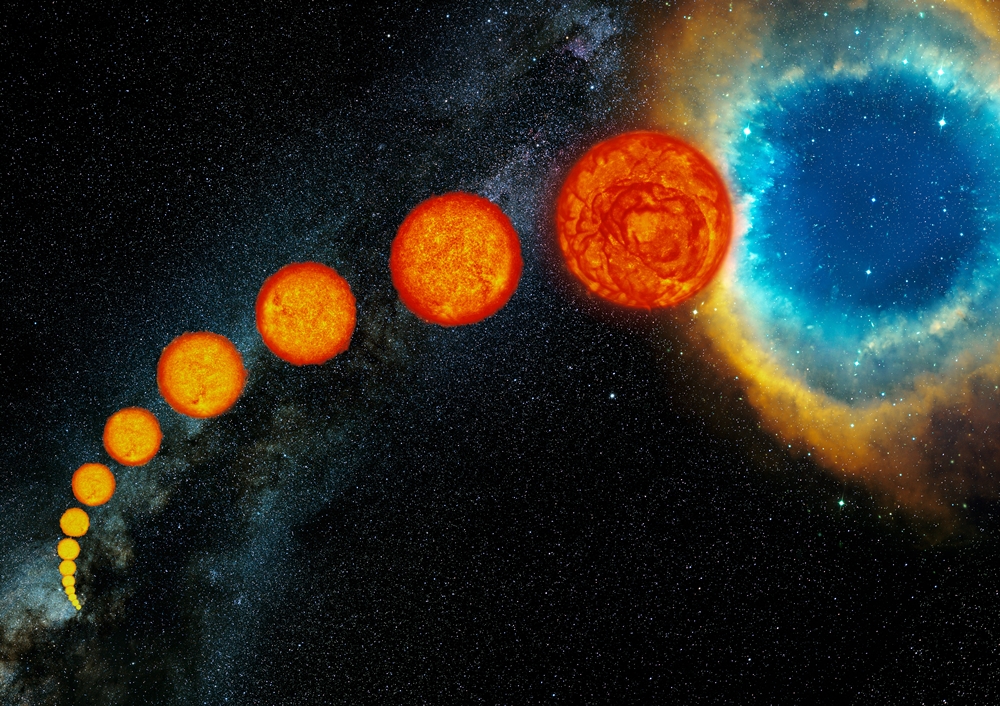In astronomy, the magnitude refers to a logarithmic measure of the brightness of a celestial body. The larger the magnitude number, the fainter the object. The magnitude has no unit.
The limiting magnitude of a telescope is the brightness of the dimmest object that can still be seen with a particular telescope. A substantial value of limiting magnitude of a telescope means that even a very faint object can be seen.
The value of the limiting magnitude depends on:
- the telescope’s objective diameter and
- observer’s eye entrance pupil.
It can be calculated using the formulas listed below:
- Firstly, the equation for light gathering power is needed ( GL) → Light grasp; brightness increase

- D = objective diameter (mm)
- d = eye pupil diameter (mm)
brightness increase: how much more light can telescope gather compared to the human eye
Brightness increase in the terms of magnitudes:

Calculating the limiting magnitude of the telescope for d = 7 mm
The maximum diameter of the human pupil is 7 mm.

- The actual value is 4.22, but for easier calculation, value 4 is used. Because of this simplification, there are some deviations on the final results.

The faintest magnitude our eye can see is magnitude 6. This value has to be added to Gmag to get the value of the faintest magnitude that can be seen with a particular telescope (m).

Example:
d = 7 mm
D=500mm

The faintest magnitude that can be seen with the telescope with the objective diameter 500 mm is 15.49!
Calculating the limiting magnitude of the telescope for any diameter of the human pupil (without rounding the number down)

Example:
d=7mm
D=500mm

If we compare the results from the first equation, we can see that there is a small difference in the final result. But as I stated before, this occurs because of rounding the number down.
In most cases, the first equation is used (m=2+5*log(D)). We must take into consideration that this equation doesn’t include:
- the light that is lost within the telescope,
- seeing conditions and
- telescope’s age.



